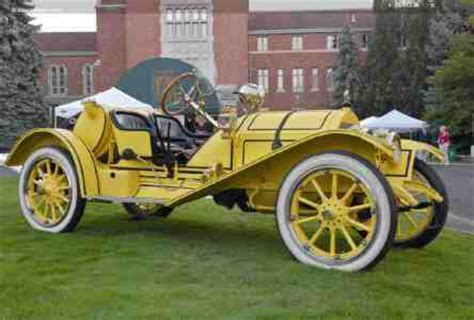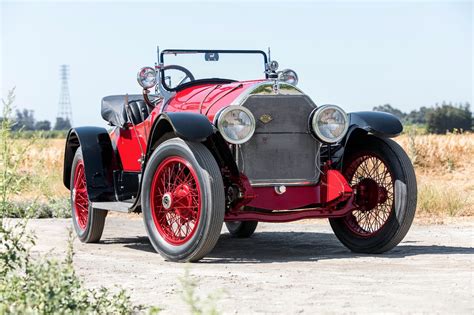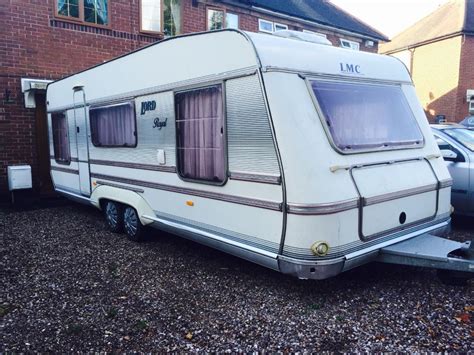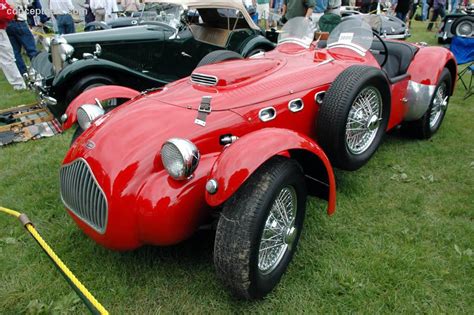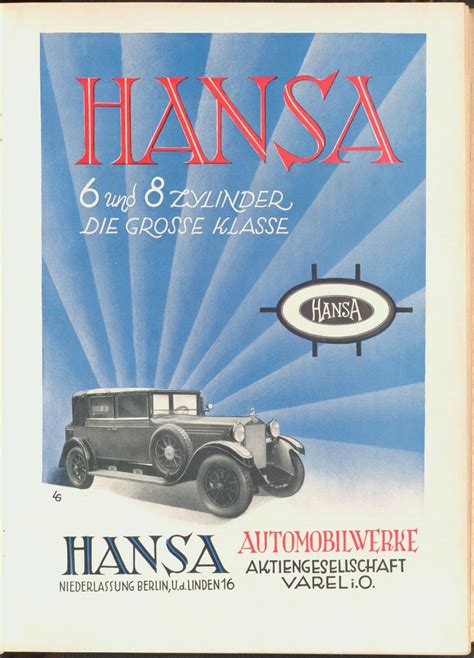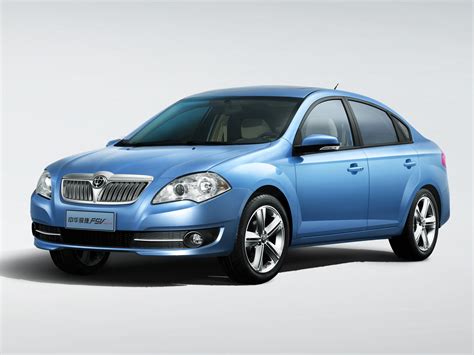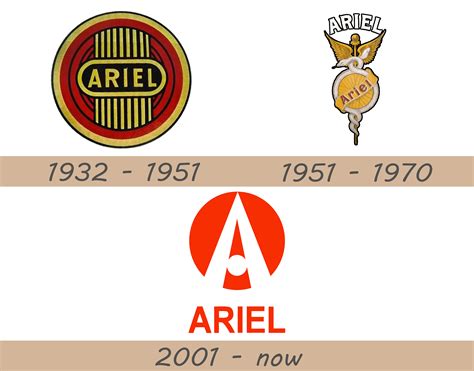Discover the fascinating history and innovations of Hudson Cars, from its founding to its merger with Nash-Kelvinator Corporation. Learn about their impact during World War II.
Founding of Hudson Car Company
Contents
The Hudson Car Company was founded in 1909 by Roy D. Chapin, a former managing director of Maxwell Motor Company, along with a group of investors. The company was named after Joseph L. Hudson, a department store entrepreneur and the founder of Hudson’s Department Store in Detroit. The founders’ vision was to create a high-quality, affordable car that would appeal to the average American consumer.
After its founding, Hudson quickly made a name for itself by introducing innovative manufacturing and marketing techniques, including the use of modern assembly line production and aggressive advertising campaigns. These strategies helped Hudson carve out a niche in the competitive automotive industry and establish itself as a formidable player in the market.
One of the key factors contributing to Hudson’s success was its focus on performance and reliability. The company produced durable and dependable vehicles that were known for their smooth ride and robust construction. This commitment to quality helped Hudson gain a loyal customer base and set the stage for its future growth and expansion.
In addition to its innovative approach to manufacturing and marketing, Hudson also distinguished itself by embracing cutting-edge technologies and features. For instance, the company was one of the first to offer the innovative step-down design, which lowered the car’s center of gravity and improved handling and stability. These advancements set Hudson apart from its competitors and solidified its reputation as a forward-thinking and progressive automaker.
Overall, the founding of the Hudson Car Company marked the beginning of a new era in the automotive industry. With its emphasis on quality, innovation, and consumer appeal, Hudson set the stage for a legacy that would endure for decades to come.
Innovations and Features of Hudson Cars
Hudson Cars were known for their innovative features that set them apart from the competition. One of the most notable innovations was the introduction of the step-down design, which lowered the car’s center of gravity for improved handling and stability on the road. This design also allowed for a more spacious interior, providing passengers with a comfortable and luxurious ride.
Another key feature of Hudson Cars was their use of advanced materials, such as all-steel construction, which made them more durable and resistant to rust and corrosion. Additionally, Hudson was one of the first car manufacturers to offer unibody construction, which integrated the body and frame into a single unit for enhanced strength and safety.
Furthermore, Hudson Cars were equipped with innovative suspension systems that delivered a smooth and stable ride. The introduction of the Hydra-Matic automatic transmission system revolutionized the driving experience, providing seamless gear shifts and improved fuel efficiency.
On top of these mechanical innovations, Hudson Cars also featured luxurious interiors with attention to detail and high-quality materials. From the stylish dashboard design to the comfortable seating options, Hudson Cars were known for their exceptional craftsmanship and attention to passenger comfort.
Overall, the innovations and features of Hudson Cars made them stand out in the automotive industry, earning a reputation for quality, performance, and luxury.
Expansion and Growth of Hudson Car Company
The growth of the Hudson Car Company was a result of the company’s expansion into new markets and the introduction of innovative new models. In the 1920s, Hudson focused on increasing its production capacity and expanding its dealership network, leading to a significant increase in sales. The company’s commitment to quality and innovation also helped drive its growth, as Hudson cars were known for their advanced engineering and stylish design.
One of the key factors in Hudson’s expansion was the introduction of the Essex model, which was targeted at the mid-priced segment of the market. This move allowed Hudson to tap into a new customer base and further increase its market share. The popularity of the Essex model helped solidify Hudson’s position as a leading automobile manufacturer and paved the way for further growth and expansion.
During this period, Hudson also made strategic acquisitions and partnerships to strengthen its position in the industry. By acquiring other auto manufacturers and forming alliances with suppliers, Hudson was able to enhance its product lineup and improve its production capabilities. This strategy of vertical integration and diversification enabled the company to grow and thrive in a competitive market.
As Hudson’s reputation for quality and performance continued to grow, the company saw increased demand for its vehicles both domestically and internationally. To meet this demand, Hudson built new manufacturing facilities and expanded its distribution network, allowing the company to reach a wider audience and further fuel its growth. The company’s expansion into new markets and its ability to adapt to changing consumer preferences were key drivers of its success during this period.
Hudson Car Company during World War II
The Hudson Car Company played a crucial role during World War II, shifting its focus from producing automobiles to supporting the war effort. In 1942, the company converted its production facilities to manufacture aircraft components and other materials needed for the war. This transition allowed Hudson to contribute significantly to the war effort, aiding in the production of vital supplies needed for the military.
Despite the challenges brought on by the war, Hudson remained resilient and continued to innovate. The company’s dedication to quality and efficiency led to numerous advancements in production processes, enabling them to meet the demands of wartime production. Hudson’s contribution to the war effort helped to ensure the success of Allied forces.
Furthermore, the company’s commitment to excellence and ingenuity during this challenging time solidified its reputation as a reliable and forward-thinking organization. The skills and expertise gained during the war years would later prove invaluable as the company transitioned back to civilian production following the end of the conflict.
As the war came to an end, Hudson Car Company’s contributions were recognized and celebrated, underscoring the important role the company played in supporting the Allied effort. The resilience and adaptability demonstrated by Hudson during this period would continue to shape the company’s ethos and approach to innovation in the years to come.
Merger with Nash-Kelvinator Corporation
Merger with Nash-Kelvinator Corporation
Merger with Nash-Kelvinator Corporation
The history of Hudson Car Company took an interesting turn when it merged with Nash-Kelvinator Corporation. This merger, which took place in 1954, was a significant event in the automotive industry. It brought together two iconic American car manufacturers and paved the way for the formation of the American Motors Corporation.
This merger was driven by the desire to pool resources and expertise in order to compete more effectively with the Big Three automakers – General Motors, Ford, and Chrysler. By combining forces, Hudson and Nash-Kelvinator hoped to create a stronger, more competitive company that could challenge the dominance of the larger automakers.
One of the key outcomes of this merger was the creation of the Hudson Rambler, a compact car that combined the design and engineering strengths of both companies. The Rambler went on to become a popular and successful model, helping to solidify the position of the newly formed American Motors Corporation in the automotive market.
The merger with Nash-Kelvinator Corporation marked a pivotal moment in the history of Hudson Car Company. It not only shaped the future of the company, but also had a lasting impact on the American automotive industry as a whole.

